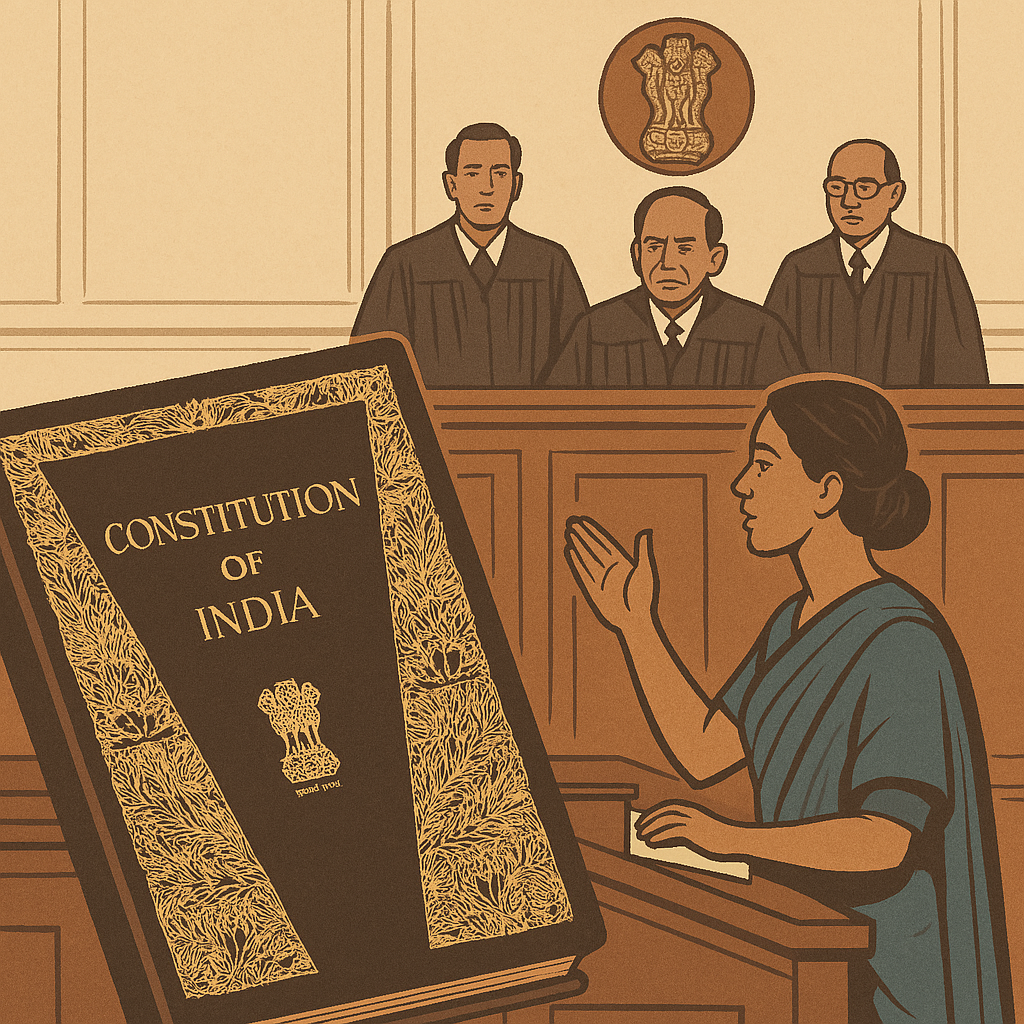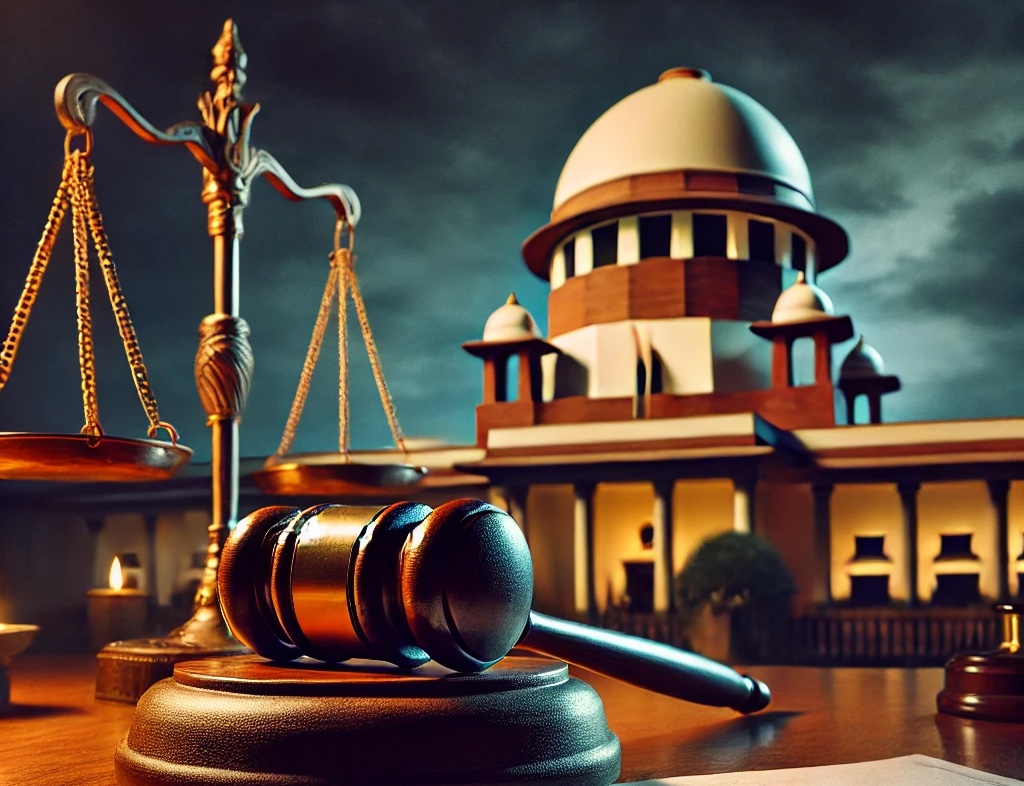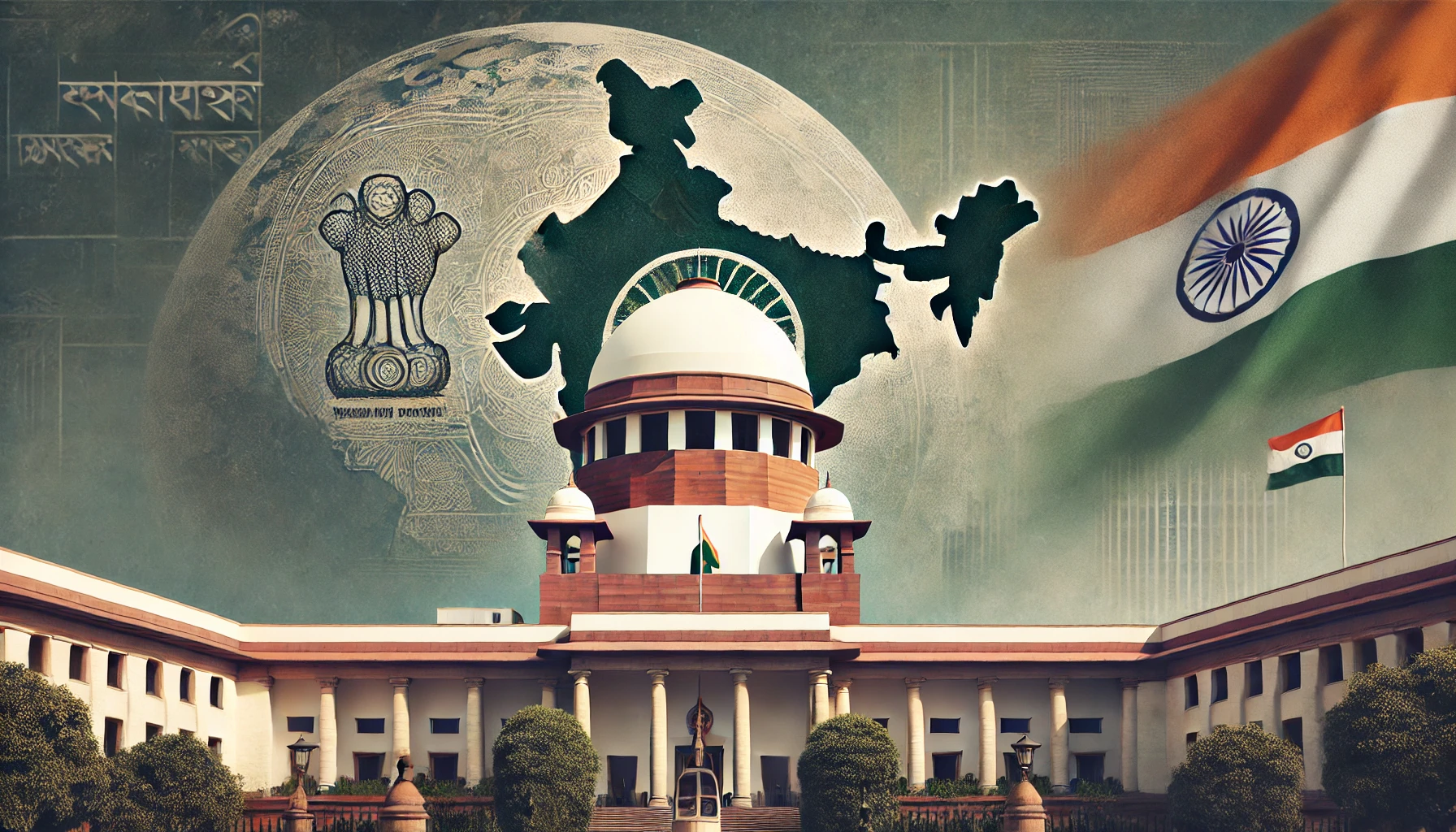National Legal Services Authority (NALSA) v. Union of India (2014)
⚖️ Landmark Case: National Legal Services Authority (NALSA) v. Union of India (2014) 📝 Summary:In the NALSA judgment, the Supreme Court recognized transgenders as the “third gender”, affirming their right to equality, dignity, and identity under the Constitution. 📚 Background The transgender community in India, historically marginalized and stigmatized, lacked legal recognition and access to basic rights. The National Legal Services Authority (NALSA) filed a PIL seeking recognition of transgender people as a third gender, and demanded safeguards to protect their fundamental rights. This was the first time the Supreme Court was asked to legally define gender identity beyond the male-female binary. 🧑⚖️ Supreme Court Verdict In a landmark ruling, the Court recognized transgender people as the third gender and upheld their fundamental rights. Key takeaways: Right to self-identify genderEvery individual has the right to choose their gender identity, whether male, female, or third gender, protected under Article 21. Equality under lawDenial of recognition violates Article 14 (equality before law) and Article 15 (protection against discrimination). Directive to governmentThe Court directed the central and state governments to create welfare schemes, provide reservations, and ensure equal access to education, healthcare, and employment. “Recognition of transgender people as a third gender is not a social or medical issue but a human rights issue.” 🧠 Significance First legal recognition of non-binary gender identities in India. Set the stage for future laws like the Transgender Persons (Protection of Rights) Act, 2019. Inspired greater visibility, inclusion, and advocacy for trans rights in Indian society. 🧩 Conclusion The NALSA judgment was a moment of hope and validation for a historically invisible community. It reminded the country that constitutional dignity belongs to all, and no one should be denied identity or respect simply because they don’t fit into societal norms.



